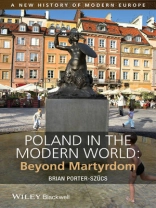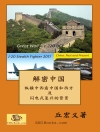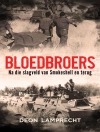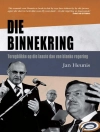Poland in the Modern World presents a history of the
country from the late nineteenth century to the present,
incorporating new perspectives from social and cultural history and
positioning it in a broad global context
* Challenges traditional accounts Poland that tend to focus on
national, political history, emphasizing the country’s
‘exceptionalism’.
* Presents a lively, multi-dimensional story, balancing coverage
of high politics with discussion of social, cultural and economic
changes, and their effects on individuals’ daily lives.
* Explores both the regional diversity within Poland and the
country’s place within Europe and the wider world.
* Provides a new interpretive framework for understanding key
historical events in Poland’s modern history, including the
experiences of World War II and the postwar communist era.
Daftar Isi
List of Figures vi
Acknowledgments ix
Pronunciation Guide x
Introduction 1
1 Poles without Poland, 1795-1918 6
2 The Political Landscape at the Start of the 20th Century 43
3 Nation and/or Revolution, 1914-22 65
4 The Ambivalence of Democracy and Authority, 1922-39 90
5 Hyperinflation and Depression: The Interwar Period 105
6 Jews, Ukrainians, and Other Poles in the Interwar Period 126
7 World War II, 1939-45 144
8 Conquest or Revolution? 1945-56 186
9 The Year 1956 and the Rise of National Communism 231
10 Communism and Consumerism 258
11 The End of the PRL, 1976-89 285
12 Shock Therapy 328
13 Politics in the Third Republic 348
Index 367
Tentang Penulis
Brian Porter-Szücs is Professor of History at the
University of Michigan, where he has taught since 1994. He is the
author of Faith and Fatherland: Catholicism, Modernity, and
Poland (2011) and When Nationalism Began to Hate: Imagining
Modern Politics in Nineteenth-Century Poland (2000). He is also
the co-editor, with Bruce Berglund, of Christianity and
Modernity in Eastern Europe (2010).












